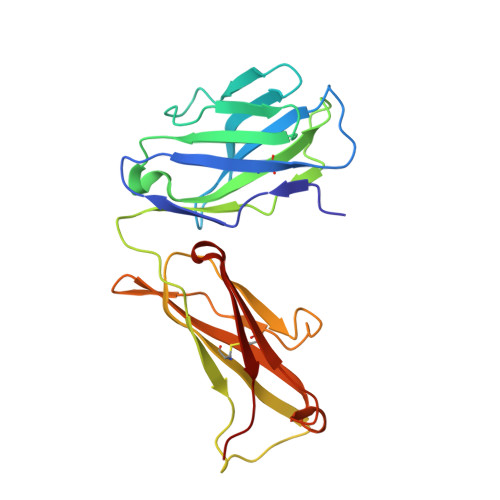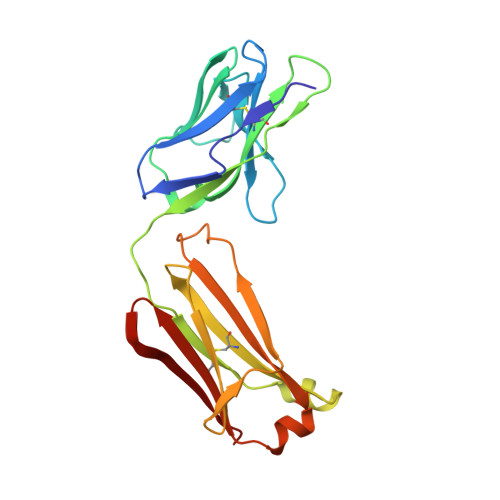Structural Basis of Tea Blockade in a Model Potassium Channel
Lenaeus, M.J., Vamvouka, M., Focia, P.J., Gross, A.(2005) Nat Struct Mol Biol 12: 454
- PubMed: 15852022
- DOI: https://doi.org/10.1038/nsmb929
- Primary Citation of Related Structures:
2BOB, 2BOC - PubMed Abstract:
Potassium channels catalyze the selective transfer of potassium across the cell membrane and are essential for setting the resting potential in cells, controlling heart rate and modulating the firing pattern in neurons. Tetraethylammonium (TEA) blocks ion conduction through potassium channels in a voltage-dependent manner from both sides of the membrane. Here we show the structural basis of TEA blockade by cocrystallizing the prokaryotic potassium channel KcsA with two selective TEA analogs. TEA binding at both sites alters ion occupancy in the selectivity filter; these findings underlie the mutual destabilization and voltage-dependence of TEA blockade. We propose that TEA blocks potassium channels by acting as a potassium analog at the dehydration transition step during permeation.
Organizational Affiliation:
Department of Molecular Pharmacology and Biological Chemistry, Northwestern University Medical School, 303 East Chicago Avenue, Chicago, Illinois 60611, USA.



















